Poisonous dart frogs are fascinating creatures that have evolved a variety of adaptations to survive and thrive in their tropical environments. In this article, we will delve into the physiological, behavioral, and structural adaptations that make these amphibians unique and successful in their habitats. Get ready to be amazed by the intricate ways these tiny creatures have adapted to their surroundings.
Poison Dart Frog Adaptations
Poison Dart Frog Physiological Adaptations
Toxin Production
Poison dart frogs are famous for the powerful toxins they produce. These toxins are stored in glands beneath their skin and are released when the frog feels threatened. The most toxic species, the golden poison dart frog (Phyllobates terribilis), carries enough poison to kill 10 adult humans. It is believed that dart frogs acquire their toxins through their diet, mainly by consuming toxic insects, and then sequestering and modifying the chemicals to produce their potent poison.
Efficient Metabolism
Dart frogs have a relatively low metabolic rate, which allows them to conserve energy and survive on a limited diet. This adaptation is particularly helpful in the dense rainforests where resources can be scarce, and competition for food is fierce.
Permeable Skin
Like many amphibians, poison dart frogs have permeable skin, which allows them to absorb oxygen and water directly from their environment. This adaptation helps them maintain proper hydration and respiration in the humid rainforest ecosystem. However, their permeable skin also makes them vulnerable to pollution, habitat loss, and climate change, as they are more susceptible to the harmful effects of environmental contaminants.
Alkaloid Processing
Dart frogs can process alkaloids from their diet to create their unique toxins.
Poison Dart Frog Behavioral Adaptations
Aposematism
The bright colors of poisonous dart frogs serve as a warning signal to predators, a phenomenon known as aposematism. Their vivid hues are a visual cue that they are toxic and should be avoided. This defense mechanism helps deter predators and protects the frogs from being consumed.
Parental Care
Unlike many other amphibians, poison dart frogs exhibit exceptional parental care. Males and females work together to protect their eggs and tadpoles. Once the eggs hatch, the parents carry the tadpoles on their backs to small pools of water or plant cavities, where they can develop in relative safety. In some species, the female will lay unfertilized eggs to provide a food source for the growing tadpoles.
Mating Calls
Male poison dart frogs use loud and complex calls to attract females and defend their territory.
Selective Feeding
Poison dart frogs are selective feeders, primarily consuming small insects such as ants and termites, which are rich in the alkaloids necessary for producing their toxins. This feeding adaptation helps them maintain their potent chemical defenses and contributes to their overall success in their natural habitats.
Poison Dart Frog Structural Adaptations
Small Size
Most poisonous dart frog species measure between 1.5 to 5 centimeters in length. Their small size allows them to navigate through the dense forest habitats easily. They can squeeze into tight spaces, climb trees, and perch on leaves to evade predators and catch their insect prey.
Sticky Toe Pads
Dart frogs have specialized toe pads that secrete a sticky mucus, enabling them to grip and climb various surfaces, including leaves, branches, and tree trunks. This adaptation allows them to access a wider range of habitats and escape from predators.
Camouflage
While many poisonous dart frogs are brightly colored, some species have evolved to blend in with their environment. Species like the mimic poison frog (Ranitomeya imitator) can change their colors and patterns to imitate other toxic species or their surroundings. This form of camouflage adds another layer of protection against predators.
Large Vocal Sacs
Male poison dart frogs have large vocal sacs that they use to produce loud and complex calls. These calls serve several purposes, such as attracting females for mating, defending their territory, and signaling their presence to other males. This vocal adaptation is essential for their reproductive success and survival in the dense rainforest.
Keen Eyesight
Poison dart frogs have excellent eyesight, which allows them to spot potential predators and prey effectively. Their eyes are positioned on the sides of their head, giving them a wide field of view. This adaptation is crucial for their survival in the complex and densely vegetated environments they inhabit.
High Jumping Ability
Dart frogs are known for their agility and powerful legs, which enable them to leap great distances relative to their body size. This adaptation helps them quickly escape from predators or capture prey.
Poisonous dart frogs have evolved an array of physiological, behavioral, and structural adaptations that have allowed them to thrive in their tropical habitats. Their unique features, such as toxin production, aposematism, and exceptional parental care, showcase the incredible diversity and complexity of life on our planet. As we continue to study and learn from these captivating creatures, we gain a deeper appreciation for the intricate web of life and the importance of preserving our natural world.

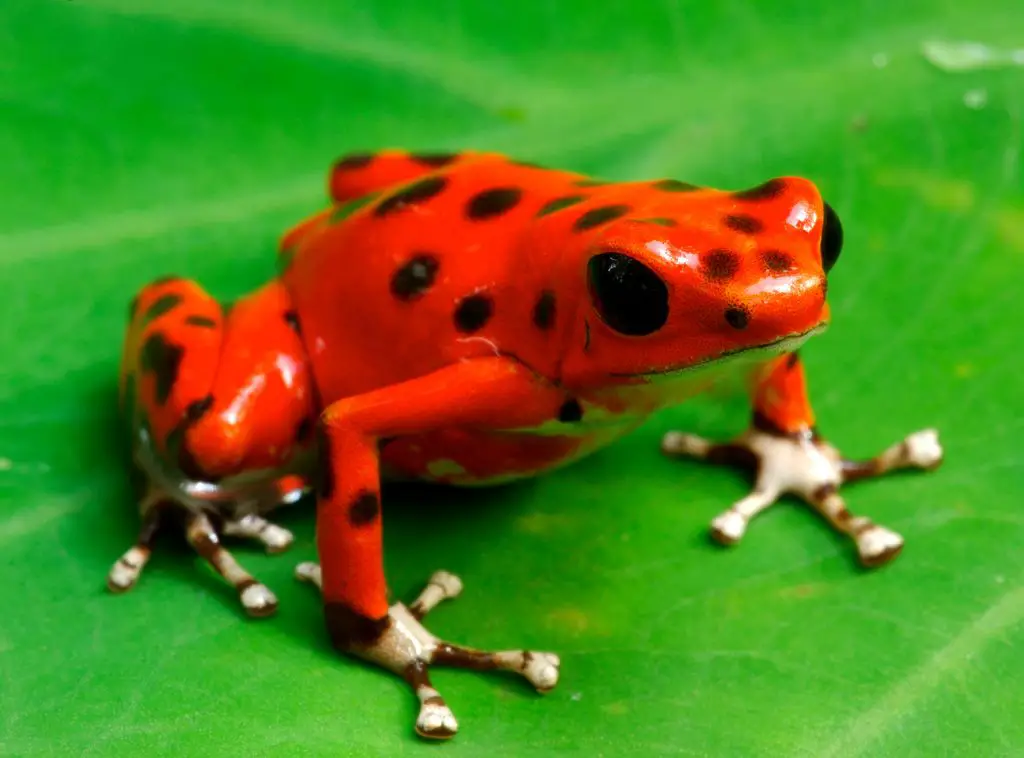
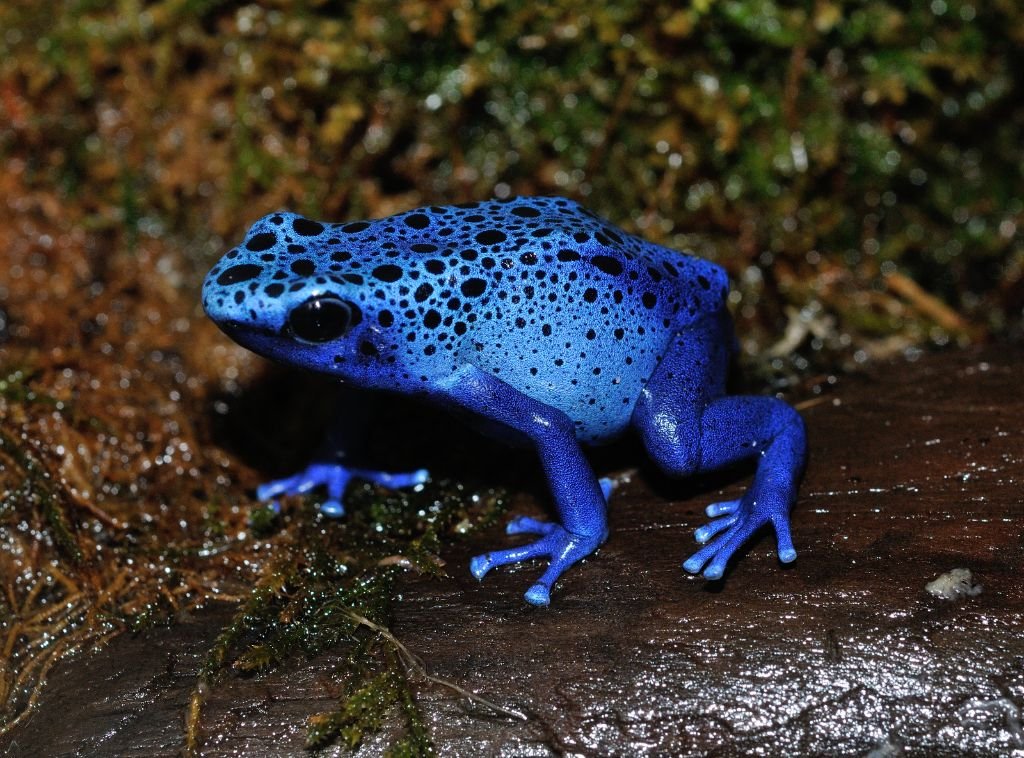
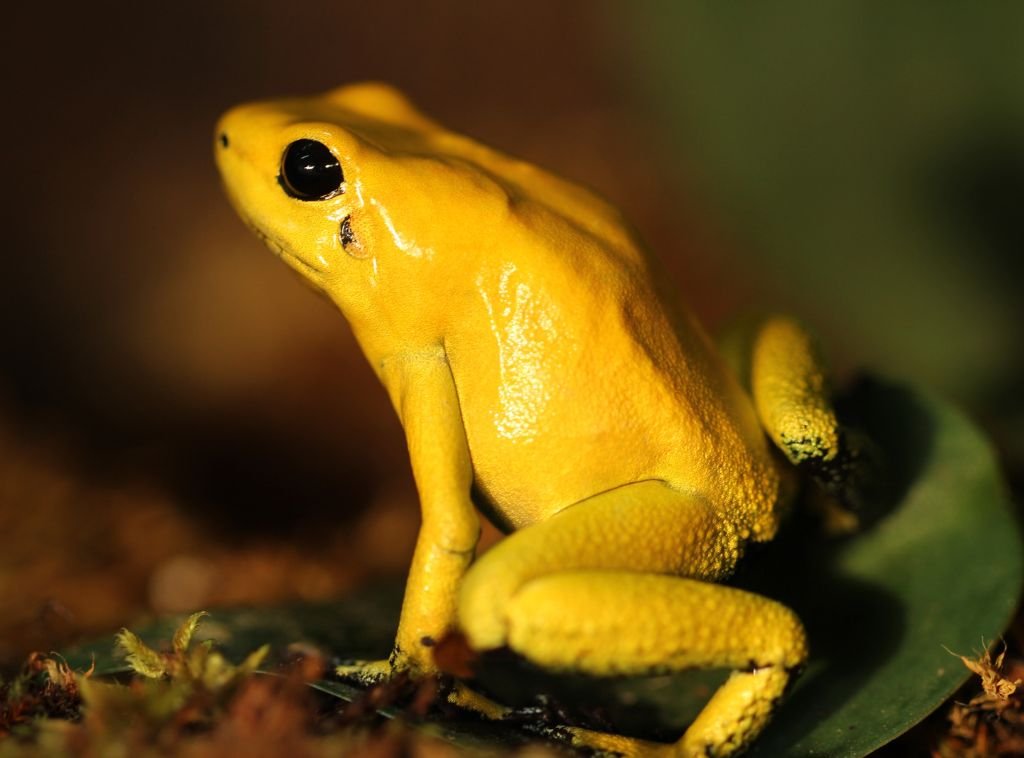


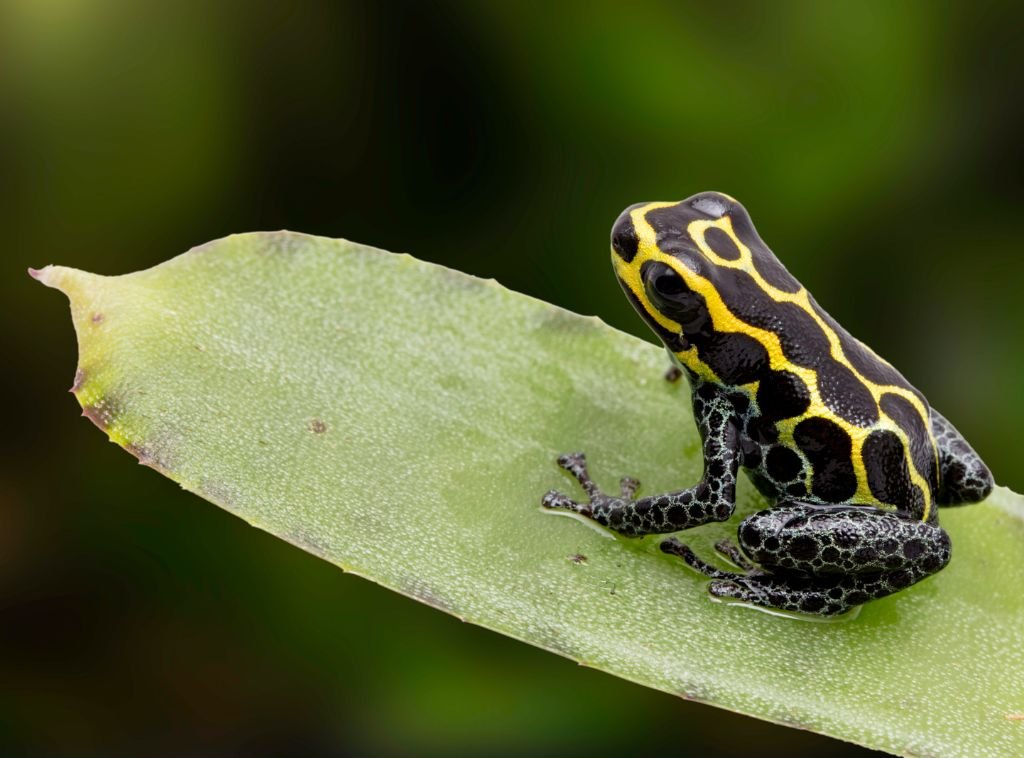
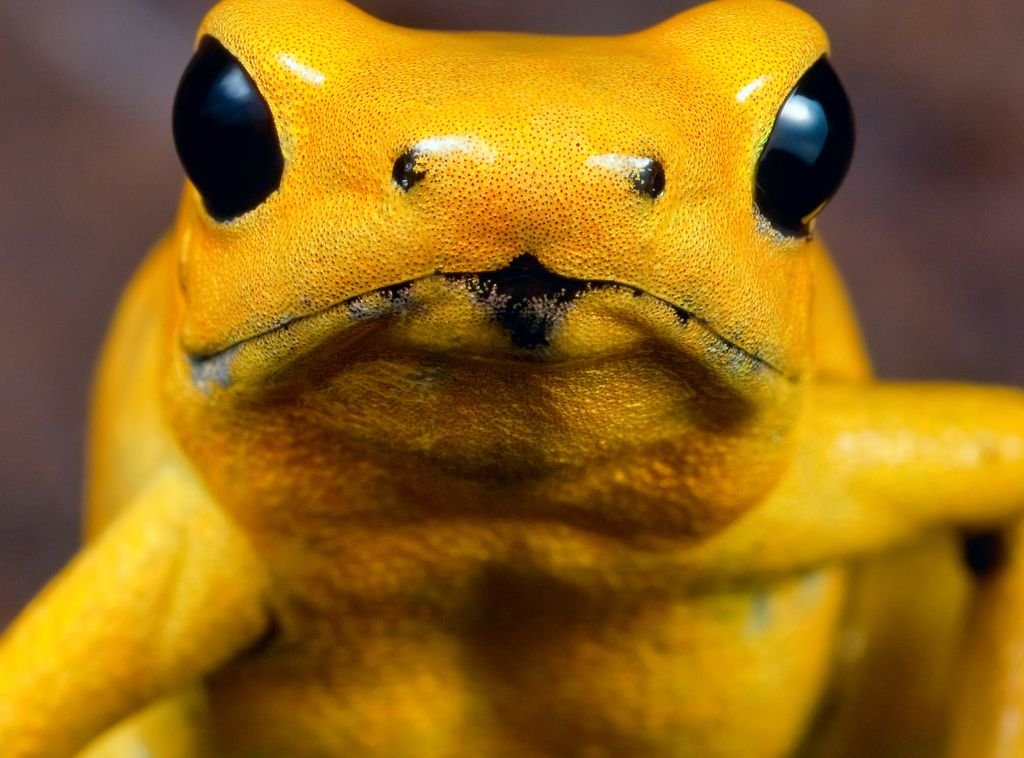





Leave a Reply